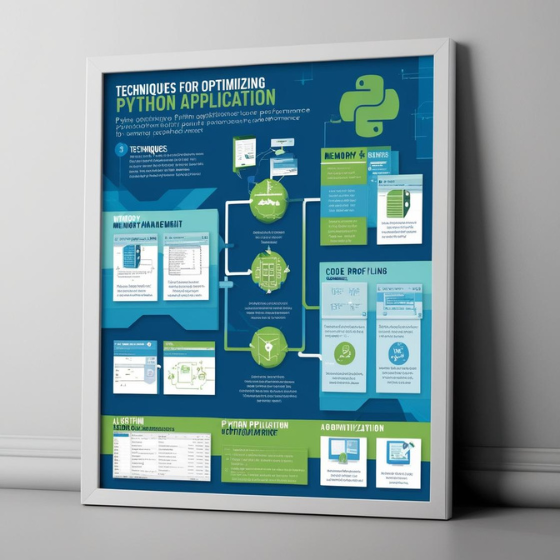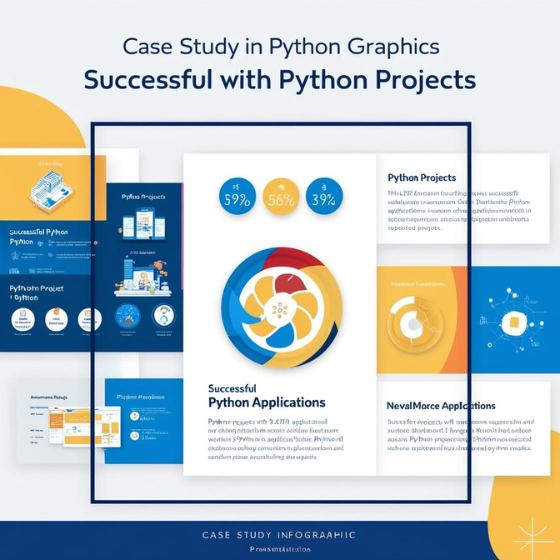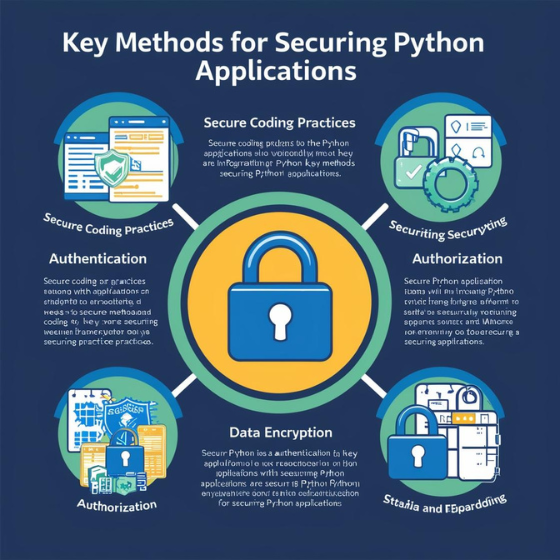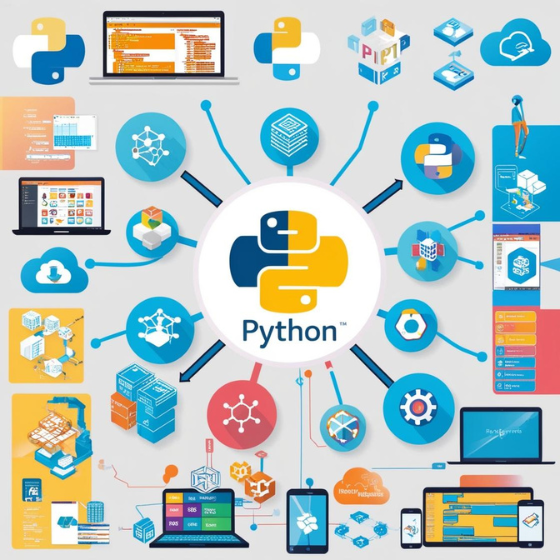How to Optimize Python Applications for Performance: A
Comprehensive Guide
In today’s fast-paced digital landscape, application performance plays a crucial role in user satisfaction and business success. Did you know that a one-second delay in response time can reduce conversions by 7%? For Python applications, optimizing performance is not just about speed—it’s about scalability, efficiency, and resource management.
In this blog, we’ll delve into how to optimize Python applications for performance, providing actionable insights, best practices, and real-world examples to help you create faster and more efficient software. Whether you’re a developer, CTO, or entrepreneur, mastering performance optimization can transform your projects.
Why Python Applications Need Performance Optimization
Python is renowned for its simplicity, versatility, and extensive library support. However, these benefits come with trade-offs. Python’s interpreted nature can sometimes lead to slower execution compared to compiled languages. That’s where optimization steps in.
Key Reasons to Optimize:
- Enhanced User Experience: Faster applications improve user satisfaction.
- Cost Efficiency: Optimized applications use fewer resources, reducing server costs.
- Scalability: Handle higher traffic volumes without performance degradation.
At Sodio, we specialize in optimizing Python applications to ensure seamless performance, scalability, and cost-effectiveness. Explore our development services to elevate your applications.
1. Profiling Your Python Application
The first step in how to optimize Python applications for performance is understanding where bottlenecks lie. Profiling provides a clear view of which parts of your application are consuming the most resources.
Tools for Profiling Python Applications
- cProfile: A built-in Python library for detailed performance analysis.
- Py-Spy: A sampling profiler to identify slow functions in real-time.
- Memory Profiler: Useful for pinpointing memory leaks and inefficiencies.
Steps to Profile Effectively
- Run the profiler to generate a performance report.
- Identify slow functions or memory-intensive processes.
- Use the findings to focus optimization efforts.
For example, if database queries take up most of your runtime, consider optimizing your ORM (Object-Relational Mapper) usage or adding caching layers.
2. Writing Efficient Python Code
Clean, efficient code forms the foundation of performance optimization. Following best practices in coding can significantly improve your application’s speed and reliability.
Tips for Writing Faster Python Code
- Use Built-in Functions: Python’s built-in functions are highly optimized.
- Leverage List Comprehensions: Replace loops with list comprehensions for concise and faster code.
- Avoid Global Variables: They slow down variable lookup. Use local variables instead.
Efficient coding is just one part of the puzzle. Learn how Sodio can help you craft clean, maintainable code by exploring our development solutions.
3. Optimizing Database Interactions
For applications relying on databases, poorly optimized queries can drastically slow down performance.
Strategies to Improve Database Performance
- Use Indexing: Index frequently queried fields to speed up data retrieval.
- Batch Queries: Fetch or insert data in bulk to reduce the number of database calls.
- Enable Query Caching: Cache results of expensive queries to serve future requests faster.
Case Study: E-commerce Platform Optimization
A client’s e-commerce platform faced slow loading times due to repeated database queries. By implementing caching and optimizing query structures, we reduced page load times by 40%.
4. Leveraging Caching for Faster Performance
Caching is a powerful way to enhance performance by storing frequently accessed data in memory.
Types of Caching
- In-Memory Caching: Tools like Redis or Memcached store frequently accessed data in memory for lightning-fast retrieval.
- Page Caching: Cache entire pages to serve static content instantly.
- Query Caching: Cache database query results to minimize database hits.
Real-World Impact
Imagine a news website with high traffic. By caching frequently accessed articles, server load can be reduced, improving response times during peak hours.
Want to implement caching in your Python application? Reach out to Sodio for expert guidance in performance optimization.
5. Utilizing Asynchronous Programming
For I/O-bound tasks like file operations, network requests, or database queries, asynchronous programming can significantly boost performance.
Benefits of Asynchronous Programming
- Concurrency: Handle multiple tasks simultaneously without blocking operations.
- Scalability: Serve more users with fewer resources.
Tools for Asynchronous Programming
- Asyncio: Python’s built-in library for asynchronous programming.
- Celery: A task queue to offload long-running tasks.
At Sodio, we leverage asynchronous programming to build high-performance Python applications for diverse industries.
6. Optimizing Python Libraries and Frameworks
Choosing the right libraries and frameworks can make a significant difference in performance.
Popular Python Frameworks for High Performance
- Django: Ideal for full-stack applications, offering built-in optimization tools.
- Flask: Lightweight and flexible, suitable for microservices and APIs.
- FastAPI: Known for its speed and asynchronous capabilities, perfect for modern APIs.
Example: Migrating to FastAPI
A healthcare client needed a faster API to handle real-time data. By migrating from Flask to FastAPI, we achieved a 50% reduction in response times.
Explore our development services to discover how we can enhance your projects.
7. Monitoring and Continuous Improvement
Performance optimization isn’t a one-time task. Regular monitoring ensures your application remains efficient as requirements evolve.
Tools for Monitoring Performance
- New Relic: For real-time application performance monitoring.
- Elastic Stack (ELK): To analyze logs and identify bottlenecks.
- Prometheus and Grafana: For monitoring metrics and visualizing performance trends.
By integrating monitoring tools, Sodio ensures your Python applications consistently perform at their best.
Conclusion
Optimizing Python applications for performance is a critical step in delivering exceptional user experiences and scaling business operations. From profiling and efficient coding to leveraging caching and asynchronous programming, every strategy contributes to faster, more reliable applications.
At Sodio, we specialize in creating high-performance Python solutions tailored to your needs. Ready to unlock the full potential of your Python applications? Contact us today to learn more about our services and take your projects to the next level.







